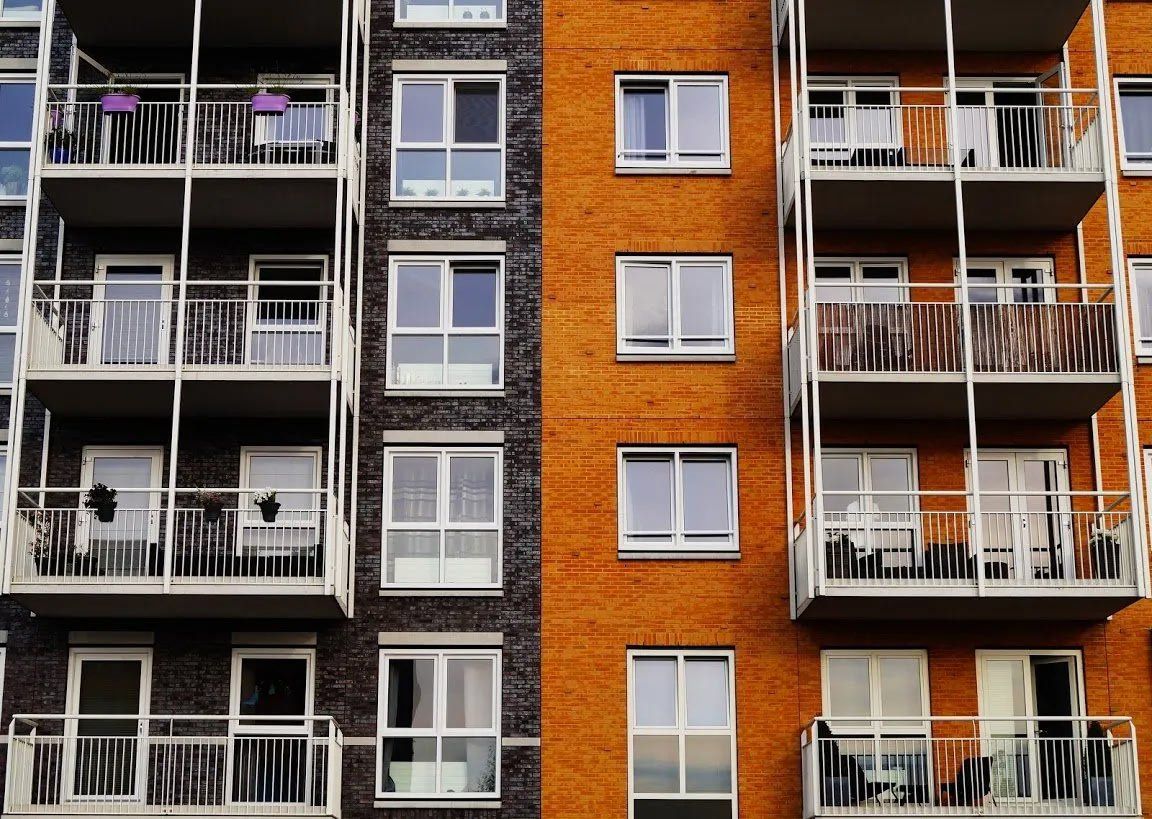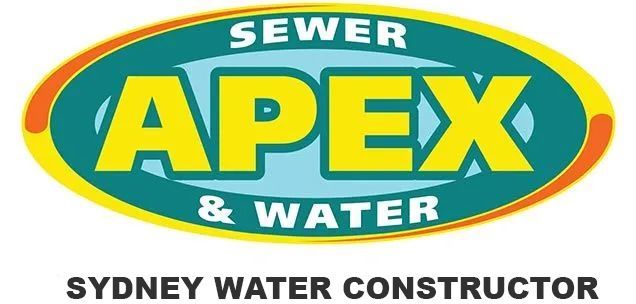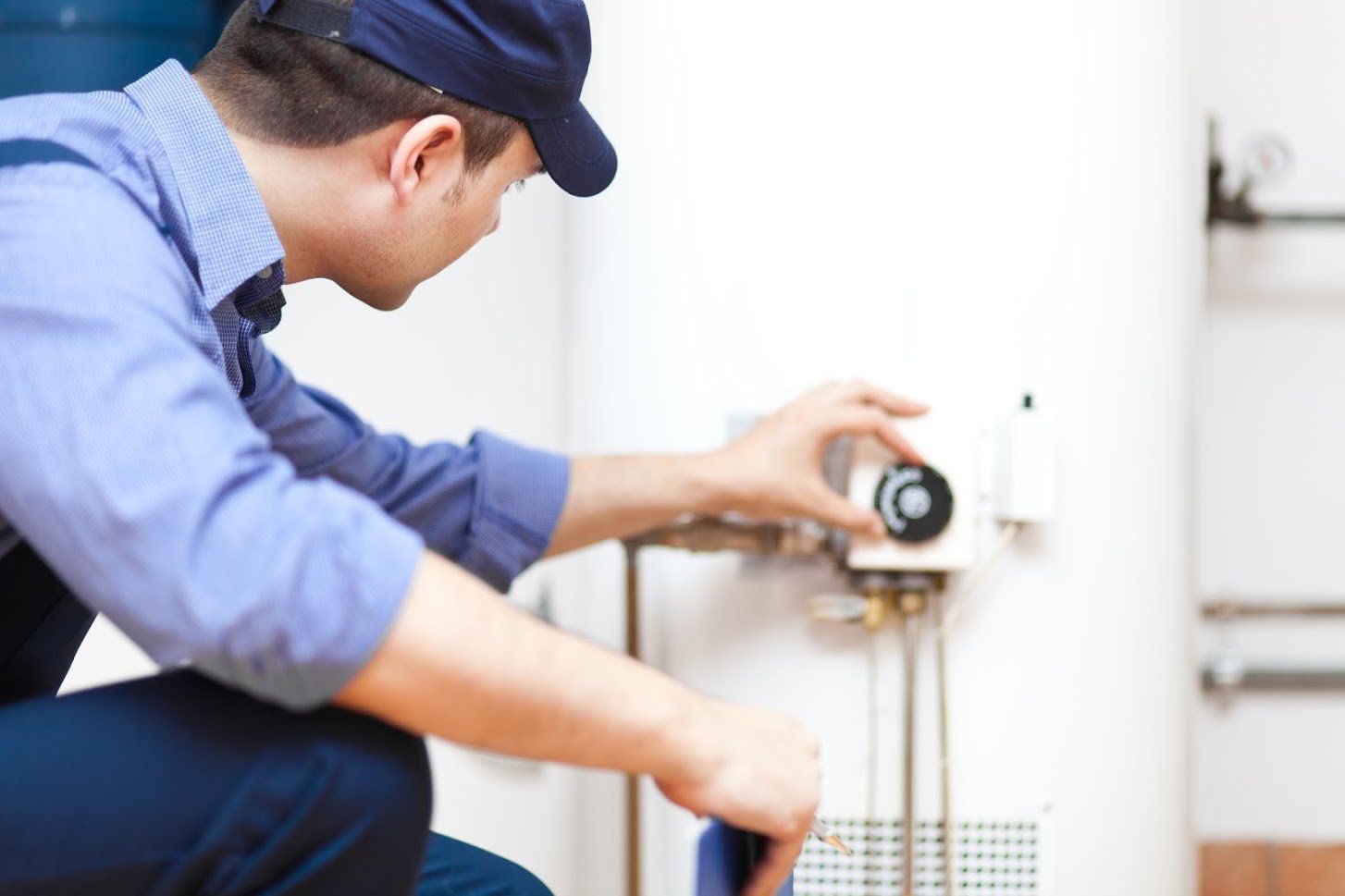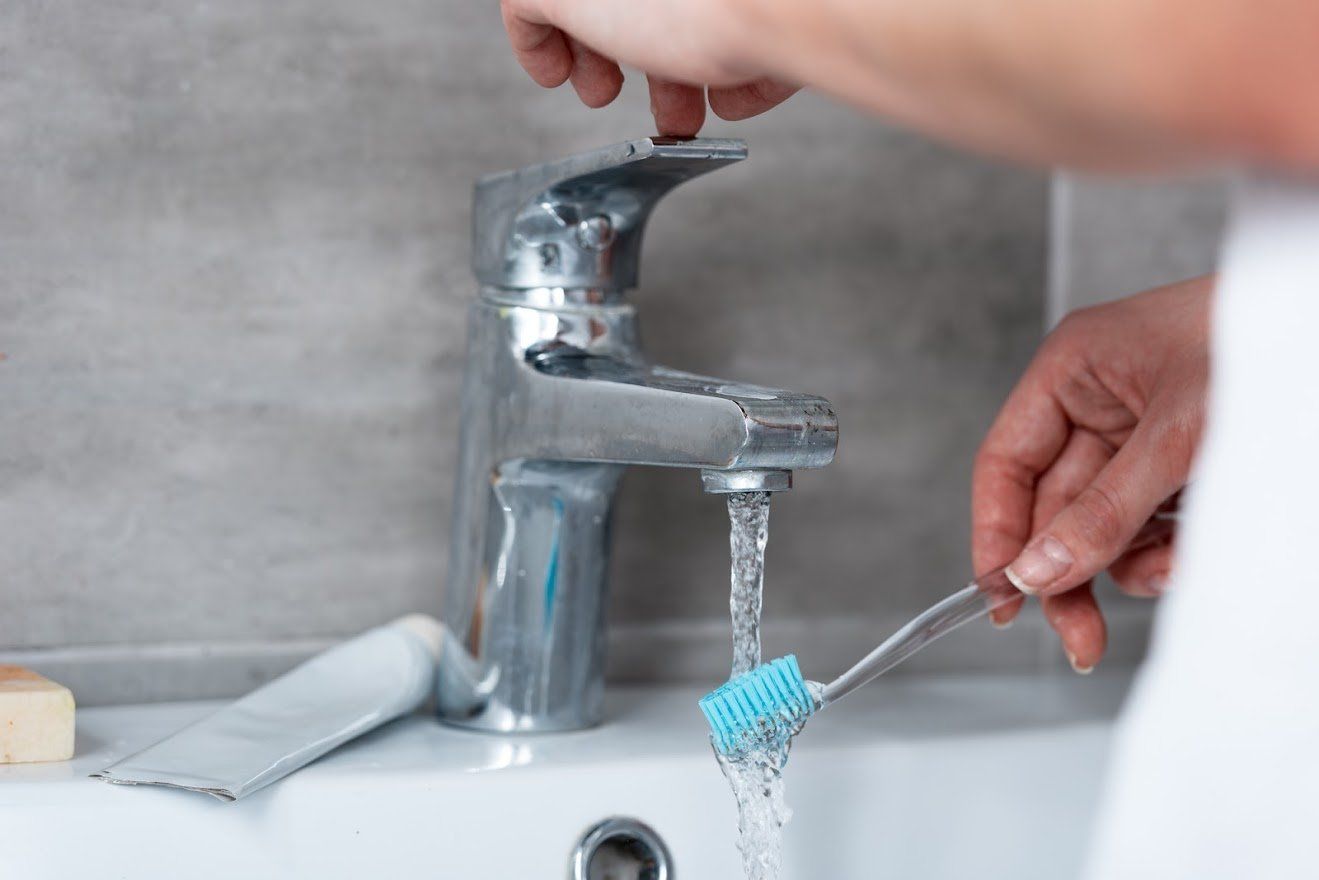4 Reasons Why Your Toilet Flush Is Weak
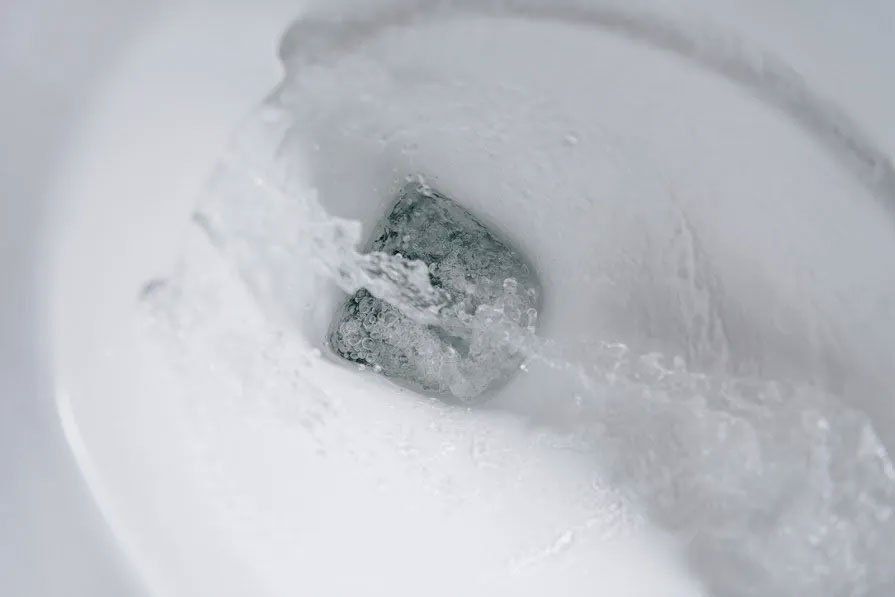
Whenever you flush your toilet, it should release just enough water into the bowl to clean it out. You want enough water and power to clear the bowl without spilling or splashing outside it.
Sometimes, problems in your toilet affect the strength of your flush. For example, you may suddenly notice that your flush strength is weaker, and you don't get enough water coming through the system to do its job.
This may mean that you have to flush a couple of times to clean out the bowl. Or, in some cases, you simply can't get enough water coming through to make a difference. A weak flush can have various causes. What are they?
1. Deposit clogs
Over time, deposits like calcium and scale can build up in your toilet's cistern. Older toilets may also start to create rust particles. While a lot of this sediment and debris often simply settles at the bottom of the tank, this isn't always the case.
Sometimes, these deposits get into your system and clog it up. If they block a part or area through which the water has to run, then the water can't flow out of the cistern at the right level.
For example, if you get a sediment build-up in the inlet holes under the rim of your toilet seat, then water comes out of the cistern okay, but it can't go any further. It will come through clear holes but not through ones which have sediment in them. This reduces the volume of water that hits the bowl when you flush.
2. Low water levels
Every toilet stores just enough water in its cistern to give you a perfect flush. When you use the toilet, this water should refill to the right level ready for the next time you need it. If this doesn't work, then you won't get enough water coming through. This makes the flush weaker than it should be.
There are a few different reasons why your cistern doesn't fill to the right level. Sometimes, this is down to the level control.
For example, if you have an older float ball control in your cistern, then the ball goes up as water comes in after a flush. When the ball reaches a certain point, it stops moving; this closes the valve that allows water in.
If your water control mechanism is set at the wrong level or has stuck, then your cistern won't refill to the right depth. Your flush will be weaker if the refill level is too low.
3. Valve problems
Your cistern controls water by deploying inlet and outlet valves. The inlet valve allows water in when the cistern needs to refill; the outlet sends water out when you flush. Sometimes, problems with these valves affect the strength of your flush.
For example, if the outlet valve doesn't close correctly, then water will seep out of the cistern constantly. This sometimes leaves less water in the tank for a flush. Or, if the inlet valve is stuck or gummed up, then it may not allow enough water through to fill the cistern.
4. Blockage problems
Not all blockages in a toilet clog it up completely. Sometimes, you get a partial blockage that allows the toilet to flush partly but not fully. This makes it appear like you have a weak flush.
Here, your flush will contain enough water and will work at full strength. However, the blockage prevents the water from clearing out the toilet.
If your flush is weaker than usual, then you should have the problem checked out. You may simply need a minor tweak or fix right now; however, leaving the problem could turn it into a bigger, and more expensive, issue.
For a quick diagnosis and repair, contact the experts at S.P.K. Plumbing & Civil.
You might also like
